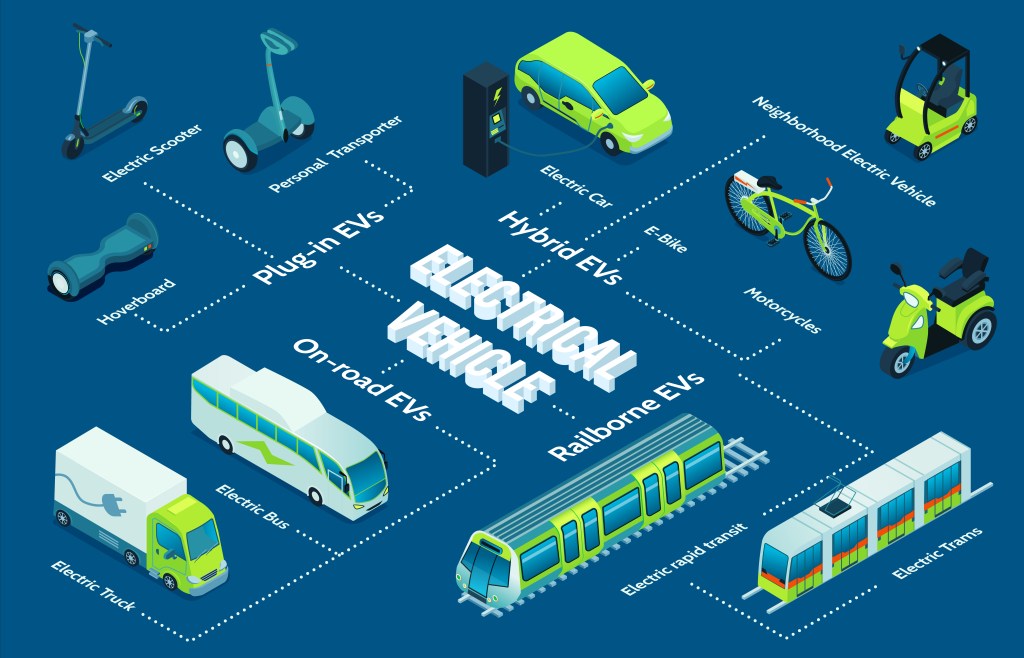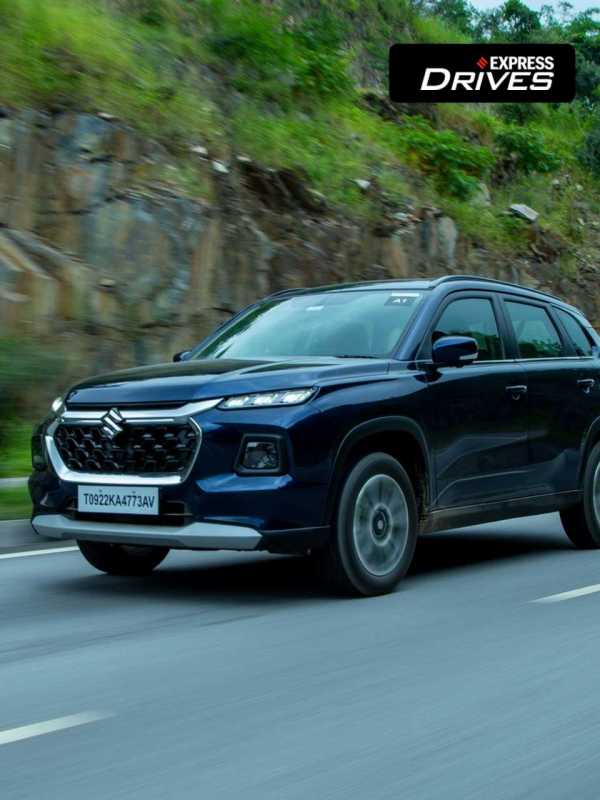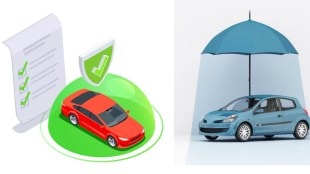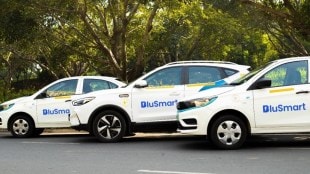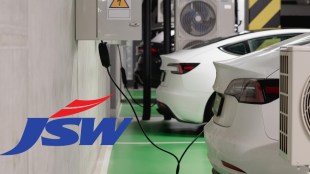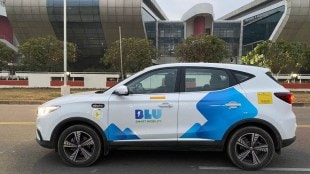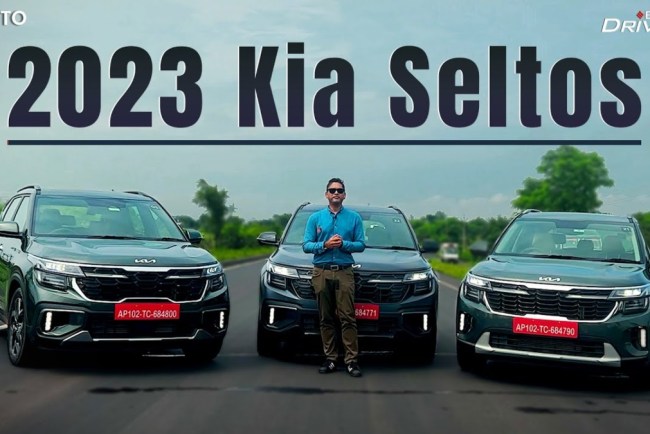By Jaideep Wadhwa
Electric vehicles have existed for almost two centuries, but their recent surge in popularity has made them more accessible. Initially, they were prohibitively expensive, limiting their appeal. However, decreasing battery prices have fuelled increasing demand. Experts project that by 2040, over half of all cars worldwide will solely rely on batteries, marking a pivotal point in the journey, history, and evolution of electric vehicles. The Evolution Saga:
1800s:
In 1832, Robert Anderson, a British inventor, introduced the world’s first battery-operated carriage, preceding the invention of gasoline-run vehicles by almost 50 years. Gustave Trouvé, Thomas Parker, and Andreas Flocken experimented with electric cars during the 1880s, leading to the practical emergence of battery electric vehicles in the 1890s. By 1931, the usage of electric vehicle milk floats expanded, propelling Britain to establish the world’s largest electric vehicle fleet by 1967. The end of the 19th century witnessed the growing popularity of electric taxis, paradoxically marking the scene of the first motor fatality in American history.
1900-1960s:
In the early 20th century, electric vehicles gained popularity on U.S. roads and these electric vehicles were managed through a network of charging stations. Automakers targeted these vehicles towards women, adorning them with lavish upholstery, flower vases, clocks, and even vanity kits. Promoted as quieter, cleaner, and easier to operate than gas models, these vehicles garnered attention. Henry Ford and Thomas Edison even attempted to create a “cheap and practical” electric vehicle capable of a 100-mile range, the project was however eventually abandoned. Ferdinand Porsche, having developed his first electric P1 vehicle at the close of the last century, introduced the world’s first hybrid, combining gas and battery power. However, the surge in popularity of gas-powered vehicles, particularly Ford’s Model T, led to a decline in interest in electric cars and by the mid-1930s, few remained on the roads. A new application emerged in 1954 when Lektro introduced one of the initial electric golf carts in the industry. In 1959, the National Union Electric Corp. converted 100 Renault Dauphines to run on batteries, creating the Henney Kilowatts, with only 47 ordered, primarily by electric utilities. Amidst growing concerns about air pollution, the 1960s witnessed various companies, including General Motors and American Motors, producing concept models of electric vehicles.
1970s – 1990s
The 1970s saw NASA’s Lunar Roving Vehicle, engineered by Boeing and GM, making significant strides in technology, leading to a momentary upsurge in interest in battery power. Concurrently, the U.S. Department of Fuel and Energy delved into alternative energies. GM crafted a prototype urban electric vehicle in 1973, while Sebring-Vanguard introduced the CitiCar. However, limited range and performance issues impeded widespread acceptance, prompting intensive research into battery technology. Tightening emission regulations redirected auto companies’ focus toward alternative fuel vehicles. In 1997, GM unveiled the EV1, leasing out over 1,000 sleek two-seaters for market analysis. Moreover, the market witnessed the launch of the first mass-produced hybrids, Toyota’s Prius and Honda’s Insight, alongside Nissan’s Altra EV minivan powered by lithium-ion batteries.
2000s – 2010s
GM’s dismantling of most EV1s in 2003 preceded the founding of Tesla Motors by Marc Tarpenning and Martin Eberhard. Elon Musk, co-founder of PayPal, injected an initial $7.5 million investment and assumed the role of chairman in 2004. Nissan’s Leaf became the world’s top-selling electric vehicle upon its 2010 release, while Tesla expanded its lineup with the Model S, Model X, and more affordable Model 3. Musk revealed plans for an electric Semi truck to compete with haulers from Daimler, maker of Mercedes-Benz, and China’s BYD, backed by Warren Buffett.
Beyond 2010: The electrified future
The electric car revolution gathered momentum post-2010, attracting numerous carmakers to enter the electric vehicle market. This influx resulted in a diverse range of EV models catering to various consumer needs. These advancements extended the driving ranges, reduced charging times, and lowered price tags for EVs. Governments worldwide implemented incentives and regulations to drive the adoption of electric vehicles, significantly contributing to the global push towards electrifying transportation.
In conclusion: A bright green future
In an era increasingly focused on environmental sustainability, the evolution of battery-electric vehicles provides insight into the changing transportation landscape. From the pioneers of the 1800s to the forefront of the 21st century, electric vehicles have traversed a remarkable path. However, their journey continues. Clean and sustainable mobility will drive our world forward, reducing emissions to preserve the planet for future generations. The road ahead is charged with endless possibilities.
The author is the Managing Director, Sterling Gtake E-mobility.
Disclaimer: The views and opinions expressed in this article are solely those of the original author. These views and opinions do not represent those of The Indian Express Group or its employees.


